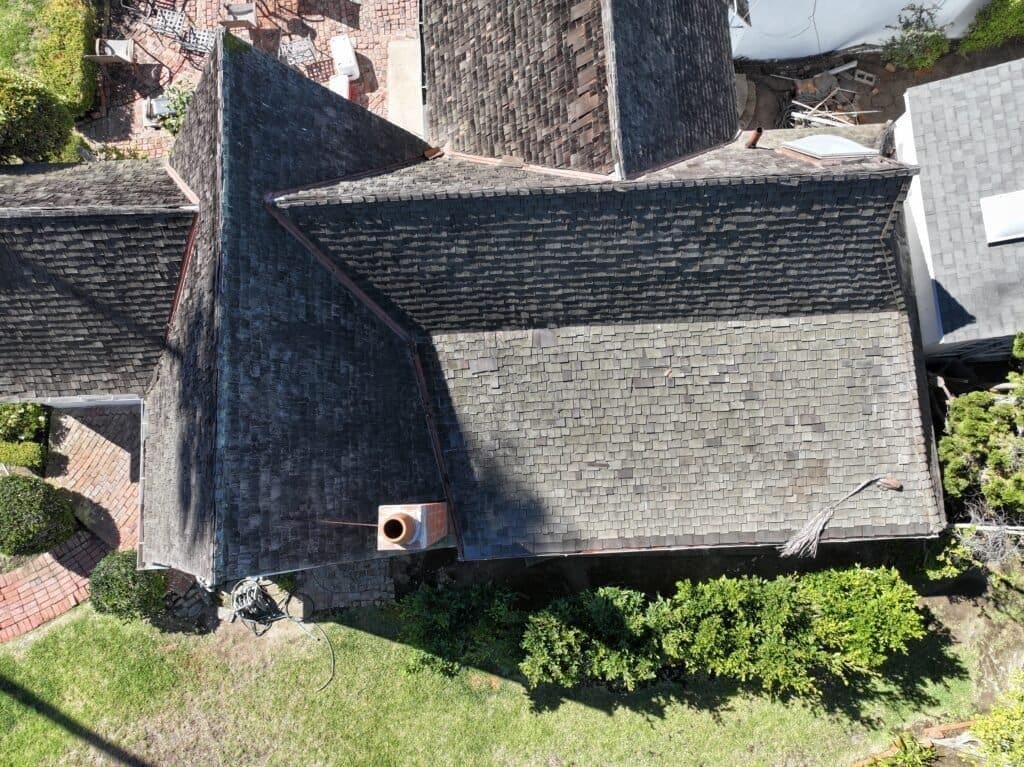Rain During Reroofing, What Would You Do?
When it comes to reroofing, one of the biggest challenges homeowners face is the unpredictability of weather, particularly rain. This is especially true in places like San Diego, where winter rains can unexpectedly arrive. If you’re in the midst of a reroofing project and find yourself facing impending rain, here are some steps to take […]
Rain During Reroofing, What Would You Do? Read More »




